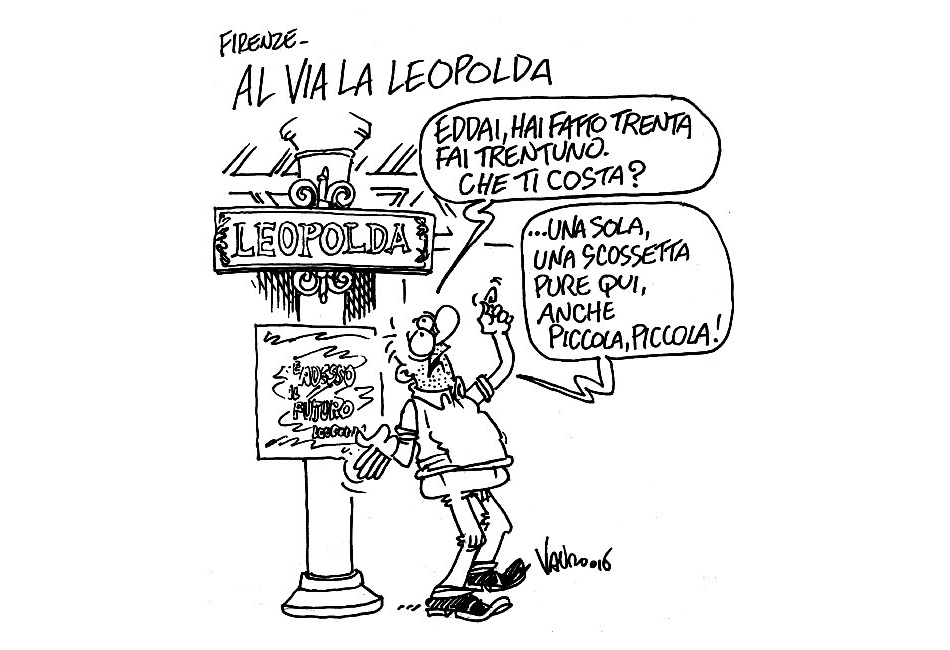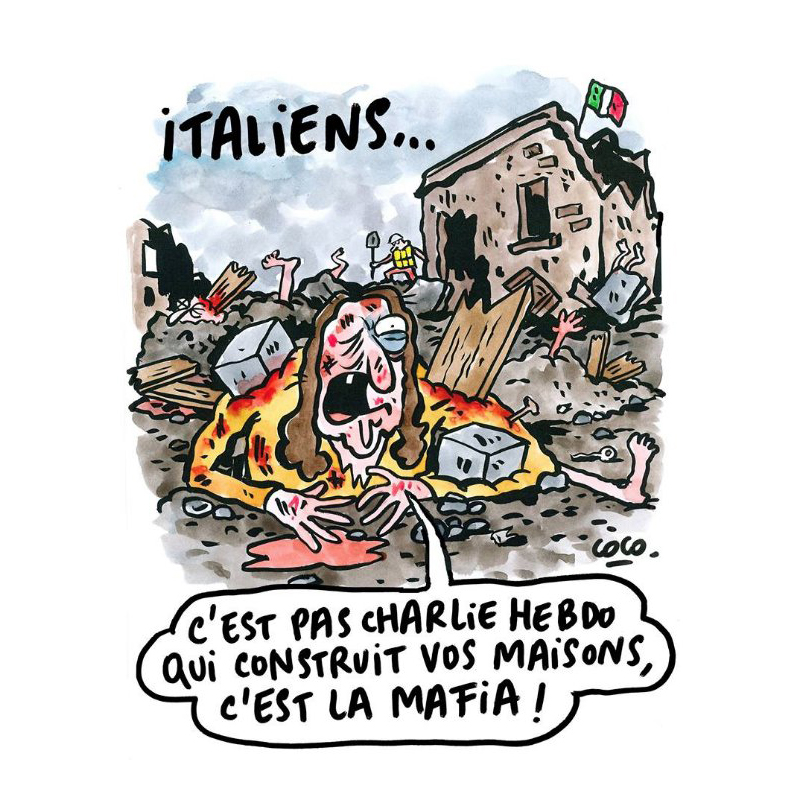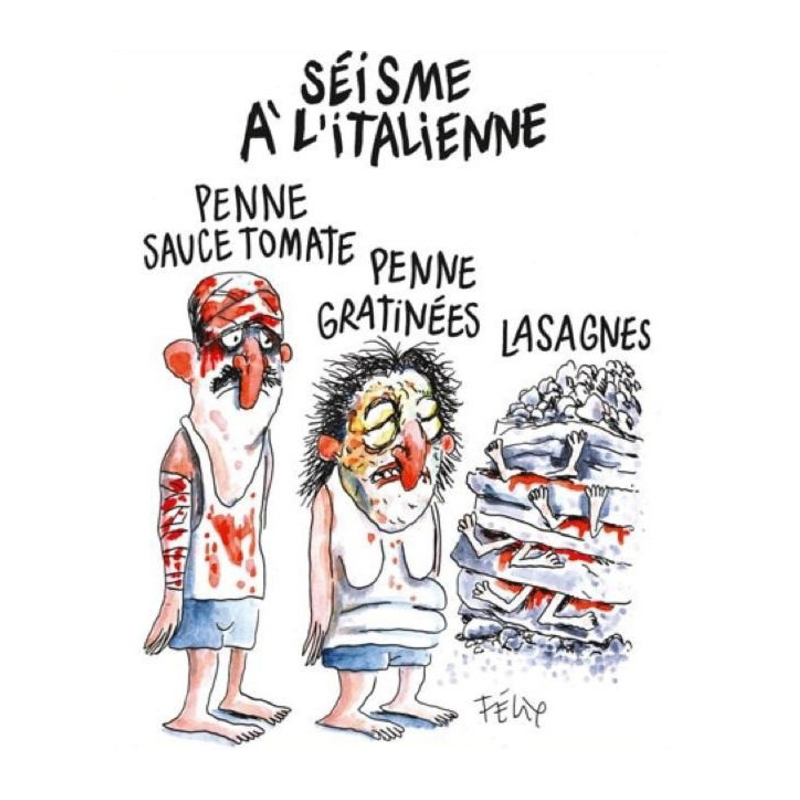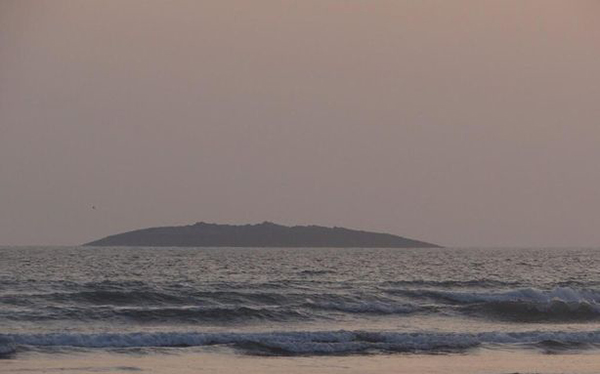
Il fotografo della Reuters Damir Sagolj racconta come nella zona di evacuazione di Fukushima tutto funzioni perfettamente sebbene nessuno ci viva. O quasi.
In Chernobyl's exclusion zone, a zombie-like creature bewildered by cheap vodka and loneliness might jump out from behind a bush. But here in Fukushima everything was in almost perfect order. In abandoned towns, traffic lights worked and a rare car would stop on red. Near the train station of a ghost town called Namie, sitting outside a shop whose window was stacked with undistributed copies of March 12, 2011 newspapers, a vending machine blinked. I dropped in a coin. The thing made the usual sound and gave me back a hot can of coffee! I tried to calculate how much energy the machine had consumed over these two and half years to heat my coffee in a ghost town with a population of zero.
Keigo Sakamoto ha infatti deciso di non abbandonare la sua casa e dal giorno dell'incidente si prende cura degli animali abbandonati.
Sakamoto said no to evacuation, stayed inside the zone and made animals his mission. He ventured into empty towns and villages and collected all the dogs and cats and rabbits and chocolate marmots abandoned by former owners when they left carrying sometimes as little as their wallets.
Now, Sakamoto lives with more than 500 animals in his mountain ranch near Naraha town in a scene reminiscent of experimental theater rather than modern Japan. It's a very noisy theater too, because many of his dogs have gone wild from the time they spent alone before Sakamoto rescued them. As if to confirm this observation, one dog bit me hard as I passed his little house.
"There are no neighbors," said Sakamoto. "I'm the only one here but I’m here to stay." Of his more than 20 dogs, only two are friendly to man. One is called Atom, a super-cute white mutt, named because it was born just before the disaster at Fukushima.
LEGGI ALTRO...






